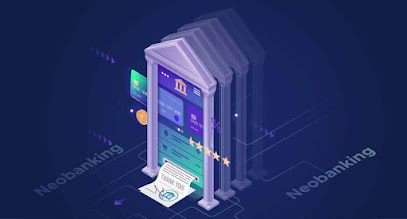Protect Your Family in Uncertain Times: Start an Emergency Fund
With the COVID-19 crisis storming our lives in 2020, the economy, businesses, and budgets have taken a severe hit. These uncertain times are a good time to keep your finances in check and this is why most people give importance to building an emergency fund.
An emergency fund is a bank account with at least 3-6 months of income set aside ideally to cover large unexpected expenses like unforeseen medical expenses or unemployment. However, any amount of money even as less as 5% of your income is good to start with.
Building an emergency fund creates a financial buffer that can keep you afloat in a time of need, without having to rely on credit cards or high-interest loans. This can also help especially when you actually have debt because it can help you avoid borrowing more.
The crisis is already here in the form of a pandemic, and there is no better time to start than right now and every small amount counts. Is it even possible to build an emergency fund right in the middle of a crisis? The answer is yes.
Follow These Steps to Start an Emergency Fund
1. Take Stock of Your Income
How much money do you currently have in your savings and what is your current income is something you will have to start with. Consider the idea to put aside a certain amount of money into an emergency fund savings account which is different from your day to day expenditure account even if it’s very little. Check your credit cards and see how much credit you have at your disposal in an emergency. Do you have any shortage of money already? How much money to save for an emergency fund depends on this. Make a note of it to create a suitable plan to address it.
2. Make a List of Your Monthly Expenses
Use a spreadsheet and list down your fixed and flexible costs. Fixed costs are your basic living expenses such as rent payments, recurring debt payments, medication and health expenditure, utilities, insurance, food, household expenses, clothing and personal care, childcare, and pet care. Flexible monthly expenses involve entertainment, ordering food (since Dining out is not an option any time soon due to lockdown), non-essential food and household items like beauty products, gym memberships, mobile plan subscriptions, newspapers, magazines and books, and app-based subscriptions.
3. Control Your Expenses
There are a lot of areas you can look at. Cancel any subscriptions you don’t use. Nowadays the most amount of money is involved in App, News, and Game Subscriptions and this is a good time to review most of them. Ordering food can be replaced by cooking at home which doesn't need unreasonably expensive ingredients. A lot of food recipes can be easily found all over the internet.
4. Review Your Monthly Expenses
Look at reducing your fixed costs if possible. Although this is not easily possible, there are ways in which you can smart reduce these expenses like checking slightly cheaper insurance plans, opting for a cheaper cable TV plan or an Internet and Mobile subscription etc. The key is to regularly reassess your options to make the best choices available.
5. Use Financial Apps
To help you keep a track of your expenses using an online expense tracker. Tracking your expenses has never been easier thanks to so many free and paid apps for your Phones and devices. Some of the apps available are Mint and YNAB (You need a Budget), Albert, and GoodBudget.
The general rule of thumb is to take an aggressive approach to increase your savings and once this is achieved, don’t feel bad about spending money when and where it is actually required since this is why we are building an emergency fund in the first place.
Source: https://wizely.in/wizeup/how-to-build-an-emergency-fund-during-a-crisis.

Comments
Post a Comment